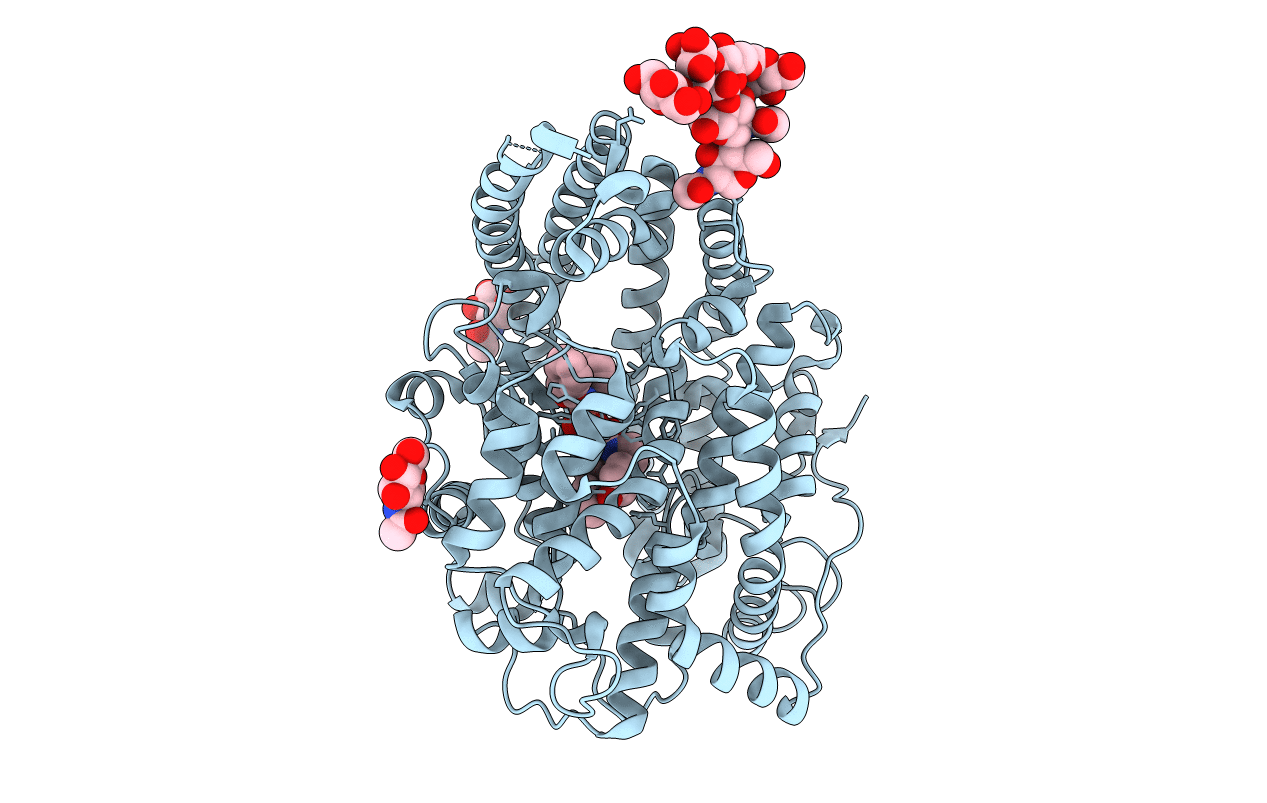
Deposition Date
2013-10-07
Release Date
2013-12-11
Last Version Date
2024-11-13
Entry Detail
PDB ID:
4CA7
Keywords:
Title:
Drosophila Angiotensin converting enzyme (AnCE) in complex with a phosphinic tripeptide FI
Biological Source:
Source Organism:
DROSOPHILA MELANOGASTER (Taxon ID: 7227)
Host Organism:
Method Details:
Experimental Method:
Resolution:
1.82 Å
R-Value Free:
0.19
R-Value Work:
0.17
R-Value Observed:
0.17
Space Group:
H 3


